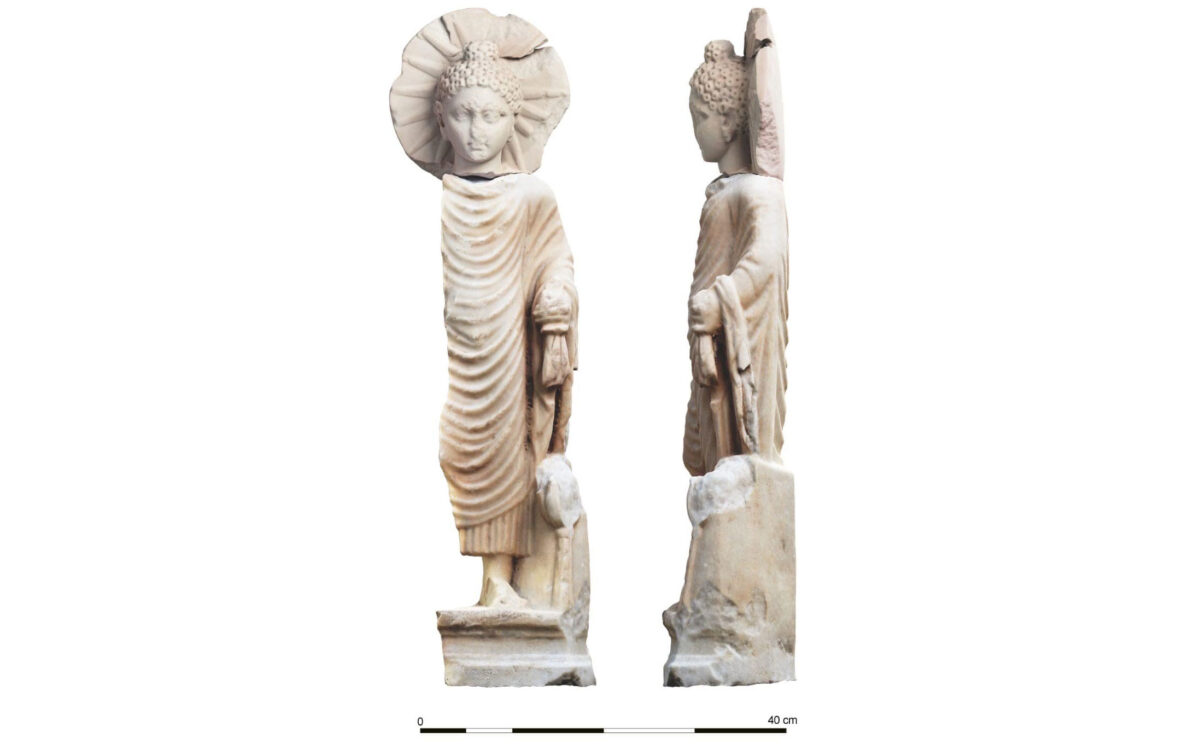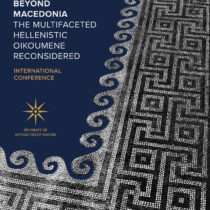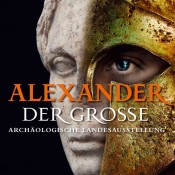A statue of the Buddha dating from the Roman era has been found in the city of Berenike on the Red Sea coast by the joint Polish-American archaeological mission operating during its excavation work in the city’s ancient temple.
According to Dr. Mostafa Waziri, Secretary General of the Supreme Council of Antiquities, the mission has been working at the site since 1994 under the supervision of the Supreme Council of Antiquities, and during the current season it brought to light important evidence of trade links between Egypt and India during the Roman era. At that time Egypt was located in the center of the trade route that connected the Roman Empire to many parts of the ancient world, including India. Berenike was the most important among the many Red Sea where ships arrived from India laden with products such as pepper, semi-precious stones, textiles and ivory, which were then loaded to camels in order to be transported to the Nile Valley across the desert, and finally on other ships in order to reach Alexandria and, from there, the rest of the Roman Empire.
Dr. Mariusz Gwiazda, head of the mission from the Polish side, talked about the Buddha statue. He said that it was made of stone quarried either from an area south of Istanbul or locally in Berenike and was dedicated to the temple by one or more wealthy merchants from India. The height of the statue is 71 cm. It depicts the Buddha standing and carrying part of his clothes in his left hand. There is also a halo around his head with the rays of the sun depicted on it, which indicates his radiant mind. There is also a lotus flower next to him.
Dr. Stephen Sidbotham, head of the mission from the American side, pointed out that during its work in the temple, the mission also uncovered an inscription in Sanskrit dating back to the Roman Emperor Philip the Arab (Marcus Julius Philippus) (244-249 AD). It seems that this inscription is not of the same date as the statue, which is probably much older, as in the temple there were other inscriptions, in Greek, which date back to the early first century AD. Finally, two 2nd c. AD coins of the central Indian Satavahana Dynasty are among the finds.





